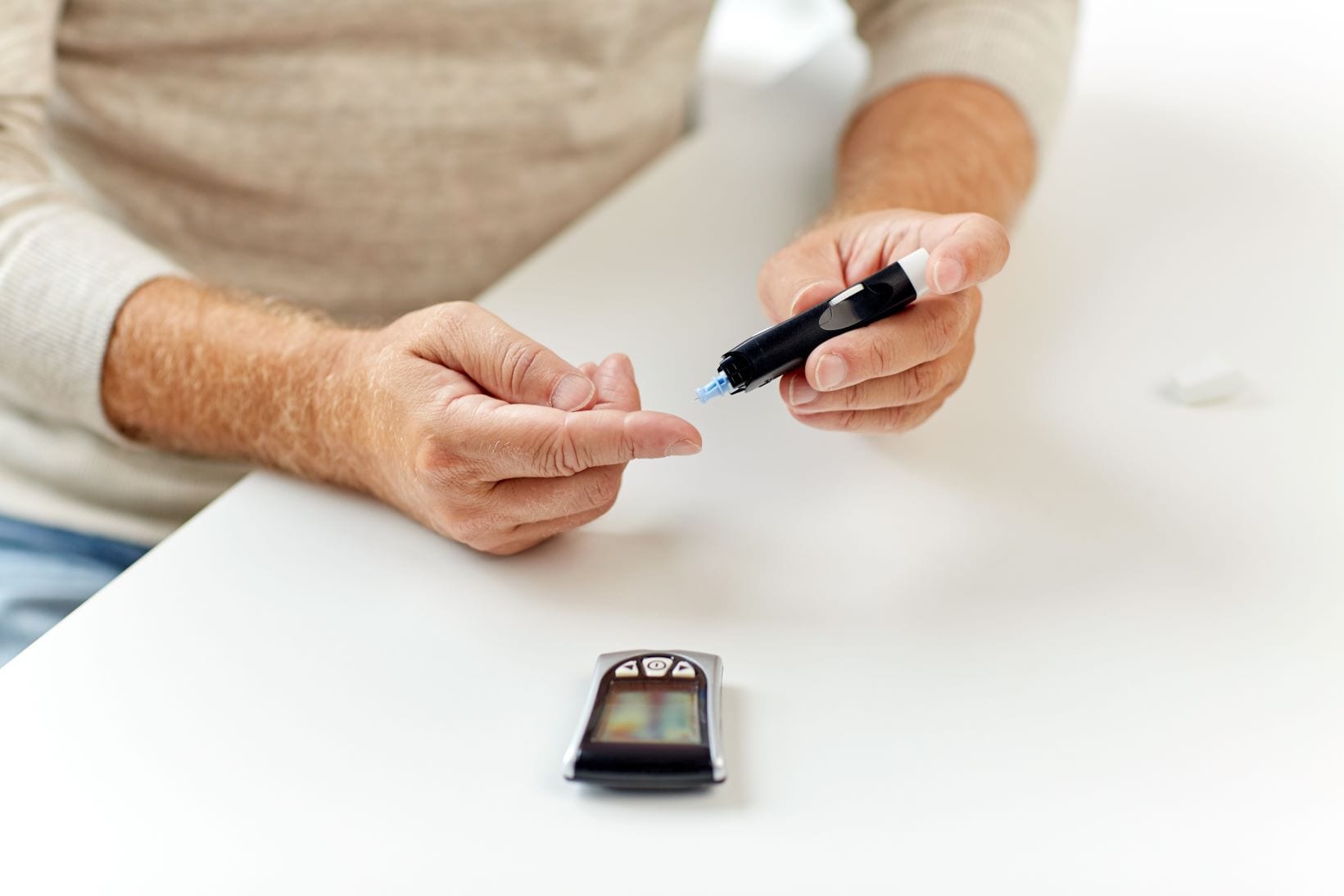Dawn Phenomenon

If you have ever woken up to find your blood sugar levels have taken a sunrise hike of their own, you’re not alone. This normal occurrence is called the dawn phenomenon. Let’s explore what it is, what causes it, and what you can do to help combat it.
What is the dawn phenomenon?
Dawn phenomenon, sometimes referred to as the dawn effect, is a noticeable spike in blood sugar levels in the morning, typically around dawn. It most commonly happens in people with diabetes, including both type 1 and type 2 diabetes.
The cause of dawn phenomenon
Although the cause of dawn phenomenon is not certain, it is believed to be linked to early morning hormone levels. Hormones like cortisol signal your liver to increase sugar (glucose) production. The body does this to give you energy and wake you up, but it also increases sugar levels in the blood. For people who don’t have diabetes, the pancreas responds appropriately and releases insulin to regulate sugar levels. However, for people living with diabetes, this spike in glucose production coupled with or without insulin resistance can cause higher levels than are expected.
One way to identify dawn phenomenon is by wearing a continuous glucose monitoring (CGM) device. This can also help determine if it’s dawn phenomenon or Somogyi effect. Often confused with each other, the Somogyi effect is defined by morning high blood sugar that’s caused by overnight hypoglycemia. In these cases, the body compensates to correct the low, rather than just an increase.
Common symptoms
How can you tell if you are experiencing dawn phenomenon? You may have some, all, or none of these symptoms:
- Increased thirst
- Frequent urination
- Increased hunger
- Vision changes
- Irritability
- Headaches
It’s possible to not have symptoms, which is why a CGM or routine morning blood sugar tests are important.
Managing dawn phenomenon
There are short- and long-term effects that can result from uncontrolled high blood sugar levels. Some of these include:
- Higher A1C
- Increased risk of heart disease
- Diabetic neuropathy
- Retinopathy
Reach out to your endocrinologist to determine the best strategy for management if you experience dawn phenomenon.
Insulin pumps can help
CGMs are helpful to see patterns of sugar levels in the morning and overnight, but a CGM alone is not enough. Your healthcare team may suggest insulin pump therapy. An insulin pump can automatically deliver insulin to bring sugar levels within an acceptable range. Insulin pump systems, like the MiniMed™ 780G system, combine a CGM and insulin pump to monitor your sugar levels all day and night. The MiniMed™ 780G system is designed with SmartGuard™ technology, an advanced algorithm that uses current and past sugar level trends to anticipate and adjust insulin needs as well as correct high sugar levels. This means that even if your levels are high due to dawn phenomenon, the system will automatically act to correct it.
Takeaway
Dawn phenomenon can affect many people living with diabetes, but it is easy to identify with either regular blood sugar tests or CGM readings along with adjustments of medication and/or nutrition. Insulin pump systems, especially the MiniMed™ 780G system, can help combat the naturally occurring spikes during early morning hours, and even throughout the day. Be sure to discuss your symptoms, glucose trends, and options with your healthcare provider.
Guest author: Medtronic employee - Lisa Nicolussi, RN BSN CDCES



